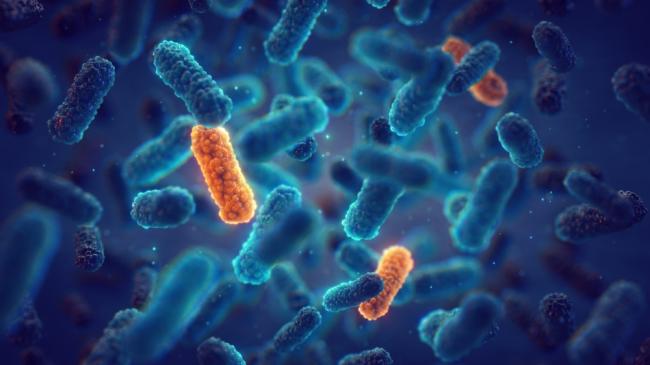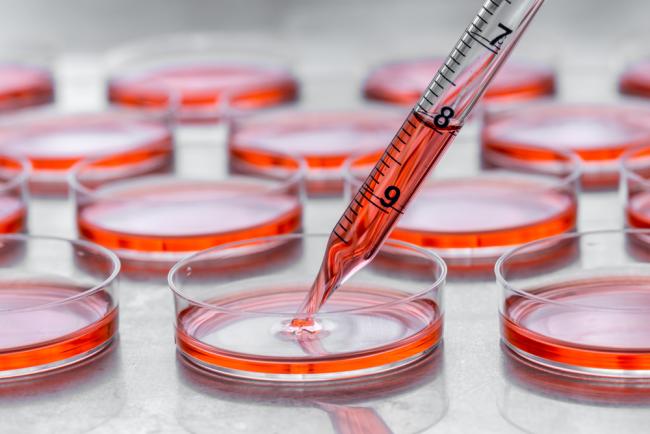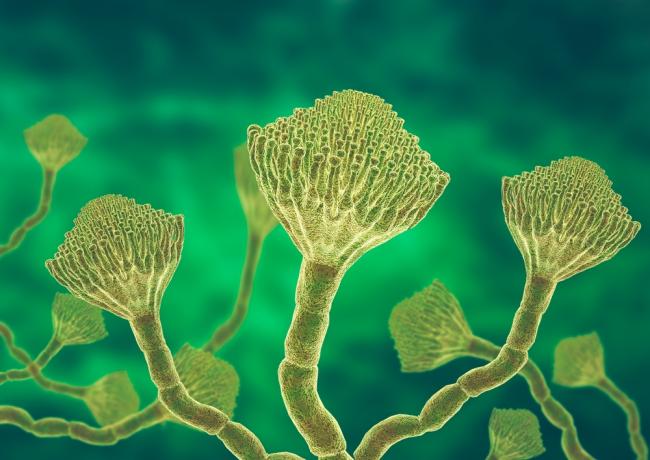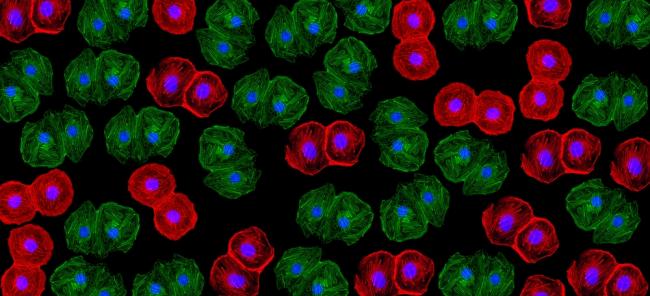Ochratoxin A (OTA) is a mycotoxin produced by several species of Aspergillus and Penicillium fungi and is considered the most toxic of all the other ochratoxins. It is a secondary metabolite that contaminates various food and feed products, posing significant health risks to humans and animals1. It was first identified in South Africa in 1965, isolated from a strain of Aspergillus Ochraceous. Since then, it has been found in numerous foodstuffs which feed on OTA, including cereals and grains, coffee and cocoa, dried fruits, wine and beer, and animal products .
Ochratoxin A is primarily produced by Aspergillus Ochraceous and Penicillium Verrucosum, which thrive in warm and humid conditions. These fungi can contaminate crops in the field during harvest, storage, and even during food processing1. It is a stable compound that can withstand high temperatures and acidity2.
Ochratoxin A is recognized for its toxic effects on human health, particularly its nephrotoxicity (kidney-damaging) effects1. However, it also has hepatotoxic2, immunotoxic, neurotoxic3, teratogenic, and carcinogenic properties. Key health risks include:
- Kidney Damage: OTA is primarily nephrotoxic, causing chronic kidney disease and potentially leading to kidney failure.
- Carcinogenicity: Classified as a possible human carcinogen by the International Agency for Research on Cancer (IARC), OTA has been linked to an increased risk of renal and urinary tract cancers.
- Immunosuppression: OTA can suppress the immune system, making individuals more susceptible to infections.
- Neurotoxicity3: Exposure to OTA can lead to neurotoxic effects, impacting cognitive and motor functions.
- Reproductive Toxicity: OTA has been shown to cause reproductive issues and developmental defects in animal studies.
Based on the available experimental studies, it can be suggested that the basic mechanism responsible for hepatocytes damage, including activation of apoptosis, disturbances in biochemical pathways and mitochondria, as well as DNA damage, is related to the induction of oxidative stress2.
Detecting and measuring Ochratoxin A in food and feed is crucial for ensuring safety and toxic prevention4. Various analytical methods are used, including: HPLC, LC-MS and ELISA.
To protect public health, regulatory agencies have established maximum allowable levels of Ochratoxin A in various foodstuffs. These levels vary by country and product, reflecting differences in consumption patterns and risk assessments.
Ochratoxin A poses a significant threat to food safety and public health due to its widespread occurrence and toxic effects. Understanding its sources, health risks, and methods for detection and control is essential for managing its impact. By adhering to stringent regulatory standards and implementing comprehensive prevention strategies, we can mitigate the risks associated with Ochratoxin A and ensure safer food for all.
Fermentek offers high purity Ochratoxion A (OCA-001) in various sizes for research and analysis purposes, ready for immediate shipment. In addition, we offer Ochratoxin B (OCB-001), Ochratoxin Alpha (OCL-001), as well as Standard Solution of Ochratoxin A (STD-024) and Standard Solution of Ochratoxin B (STD-025).
- El Khoury A, Atoui A. Ochratoxin A: General Overview and Actual Molecular Status. Toxins. 2010; 2(4):461-493. https://doi.org/10.3390/toxins2040461.
- Więckowska M, Szelenberger R, Niemcewicz M, Harmata P, Poplawski T, Bijak M. Ochratoxin A - The Current Knowledge Concerning Hepatotoxicity, Mode of Action and Possible Prevention. Molecules. 2023; 28(18):6617. https://doi.org/10.3390/molecules28186617.
- Obafemi BA, Adedara IA, Rocha JBT. Neurotoxicity of Ochratoxin A: Molecular mechanisms and neurotherapeutic strategies. Toxicology. 2023 Oct;497-498:153630. doi: 10.1016/j.tox.2023.153630. Epub 2023 Sep 13. PMID: 37709162.
- Ding L, Han M, Wang X, Guo Y. Ochratoxin A: Overview of Prevention, Removal, and Detoxification Methods. Toxins (Basel). 2023 Sep 8;15(9):565. doi: 10.3390/toxins15090565. PMID: 37755991; PMCID: PMC10534725.





